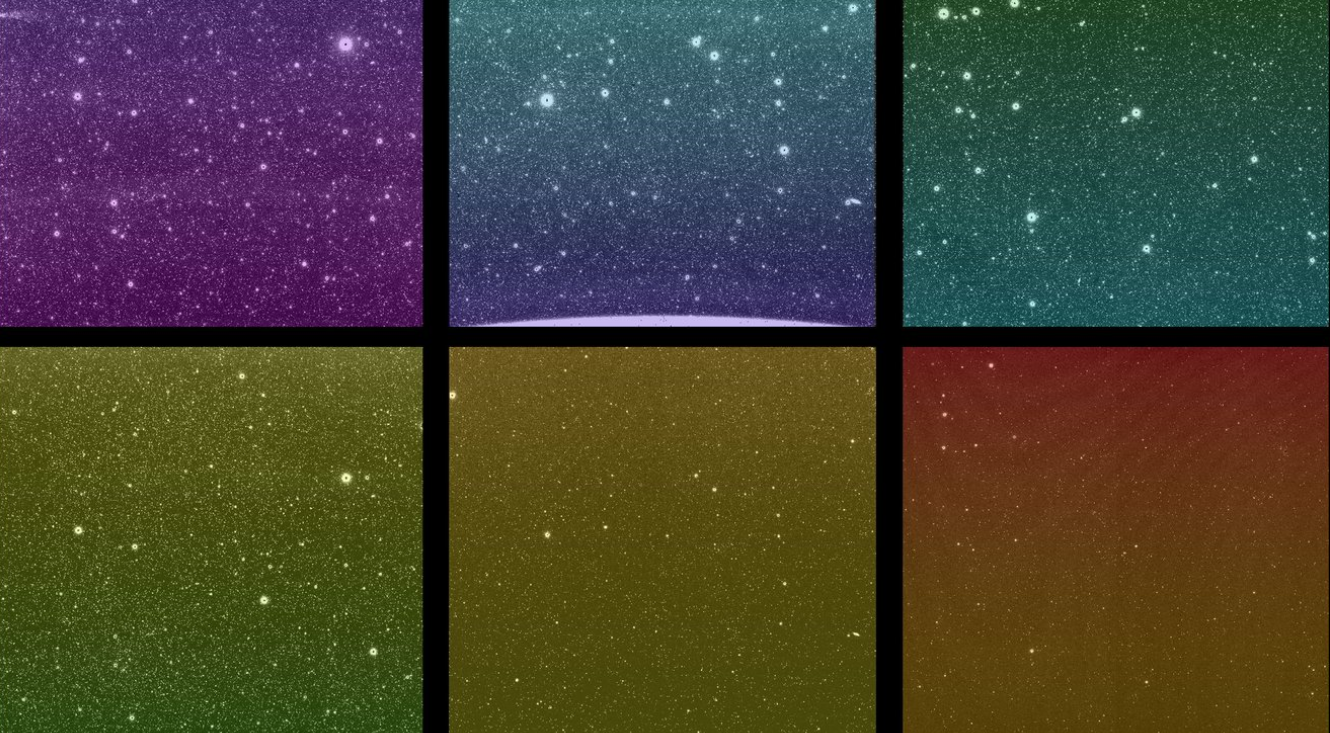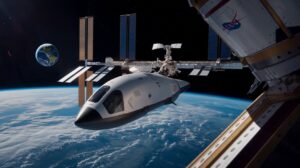NASA SPHEREx Mission Just Launched: A 3D Map of the Universe That Could Rewrite Space History—This groundbreaking mission aims to map the entire sky in infrared light, revealing hidden galaxies, detecting organic molecules in space, and reshaping our understanding of the universe.
What Is NASA’s SPHEREx Mission?
SPHEREx stands for Spectro-Photometer for the History of the Universe, Epoch of Reionization, and Ices Explorer. It’s a space telescope designed by NASA to scan the entire sky in over 100 infrared wavelengths—something never done before.
SPHEREx is like a cosmic detective scanning the sky in invisible colors (infrared) to uncover secrets about how the universe began, what galaxies are made of, and where building blocks of life exist.
SPHEREx vs Previous NASA Missions
| Feature | SPHEREx | Hubble / Past Missions |
|---|---|---|
| Sky Coverage | 100% full-sky map (4 times in 2 years) | Partial sky only |
| Wavelengths Measured | 102 infrared bands | Few bands (limited spectrum) |
| Data Volume | 450+ million galaxies, 100+ million stars | Far less data |
| Unique Feature | Combines spectroscopy + full sky mapping | Focused on zoomed-in deep space views |
| Target Outcome | Big Bang, galaxy growth, life’s ingredients | General cosmic observations |
Why SPHEREx Matters: Explanation of the 3 Key Missions
1. Find the Origins of the Universe
SPHEREx will study how the universe inflated rapidly after the Big Bang by analyzing the distribution of galaxies across space.
2. Discover Organic Molecules That Could Lead to Life
By scanning for ice and carbon-rich molecules in dusty regions where stars and planets form, SPHEREx helps scientists figure out where life-supporting materials may be found in the galaxy.
3. Build the First 3D Infrared Map of the Entire Universe
This is the first-ever mission to map the entire sky in infrared, giving us a new kind of 3D view of stars, galaxies, and cosmic structures that are invisible in normal light.
The Technology That Powers SPHEREx
SPHEREx is not just powerful—it’s incredibly efficient. Here’s what makes it so special:
- Infrared Spectroscopy: Lets SPHEREx “see” heat and light emitted from ancient galaxies, stars, and icy regions.
- Sun & Earth Shields: Three cone-like shields keep the telescope cool so infrared data stays clear and crisp.
- Automated Sky Mapping: It scans the entire sky every 6 months, creating 4 complete maps over 2 years.
SPHEREx’s technology was tested at NASA’s Jet Propulsion Laboratory and is now in orbit thanks to a SpaceX Falcon 9 launch.
What SPHEREx Will Help Us Learn
SPHEREx Space Mission
|
--------------------------------------------------
| | |
Big Bang Origins Life Ingredients Galaxy Growth
| | |
Inflation Data Water, Ice, Carbon How Galaxies Evolve
|
3D Infrared Map (Across Entire Sky)
How SPHEREx Will Impact Future Space Missions
- Support for James Webb & Roman Telescopes: SPHEREx will point out interesting targets for closer study.
- Free Data for All Scientists: After each 6-month scan, NASA will share the maps with researchers worldwide.
- Boost for Astrobiology & Exoplanet Research: The mission supports the search for habitable worlds.
Final Thoughts: A Mission That Will Change Space Science Forever
SPHEREx is one of NASA’s most exciting missions of the decade. Its 3D map of the universe will reshape how we see space, time, and the origin of everything we know. It blends powerful infrared tech with deep scientific goals—all while freely sharing data with researchers globally.
By revealing millions of unseen galaxies and uncovering life-essential molecules in star nurseries, SPHEREx is more than a telescope—it’s a time machine and life-hunter combined.
[USnewsSphere.com / nasa]





